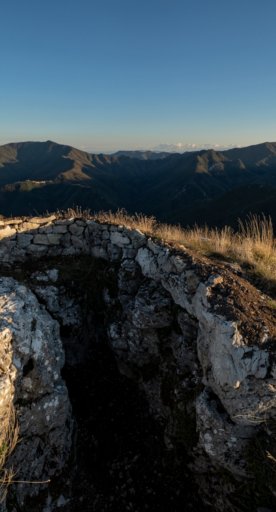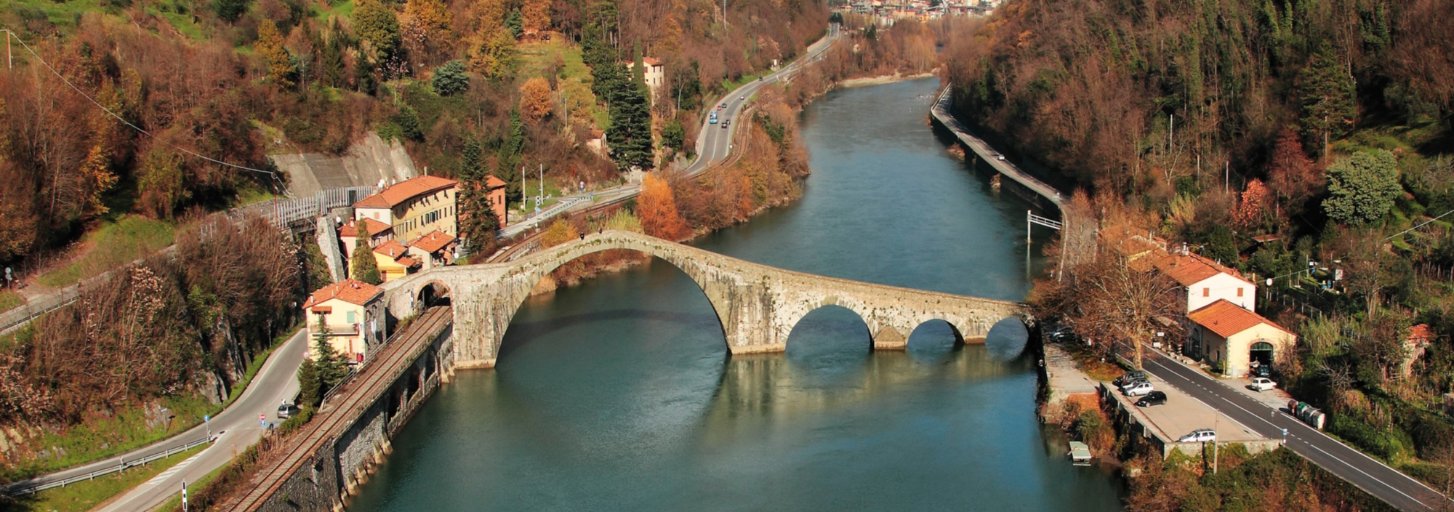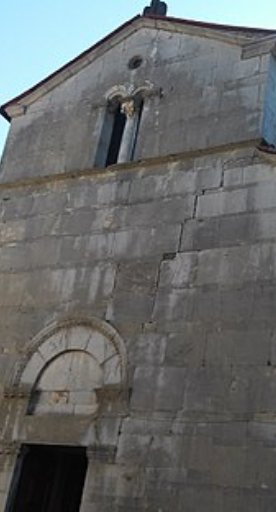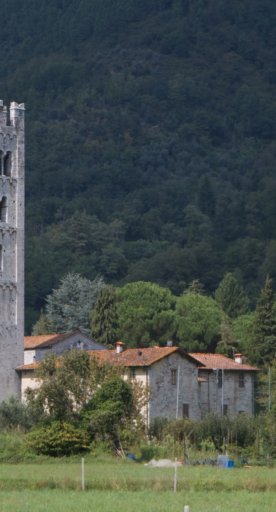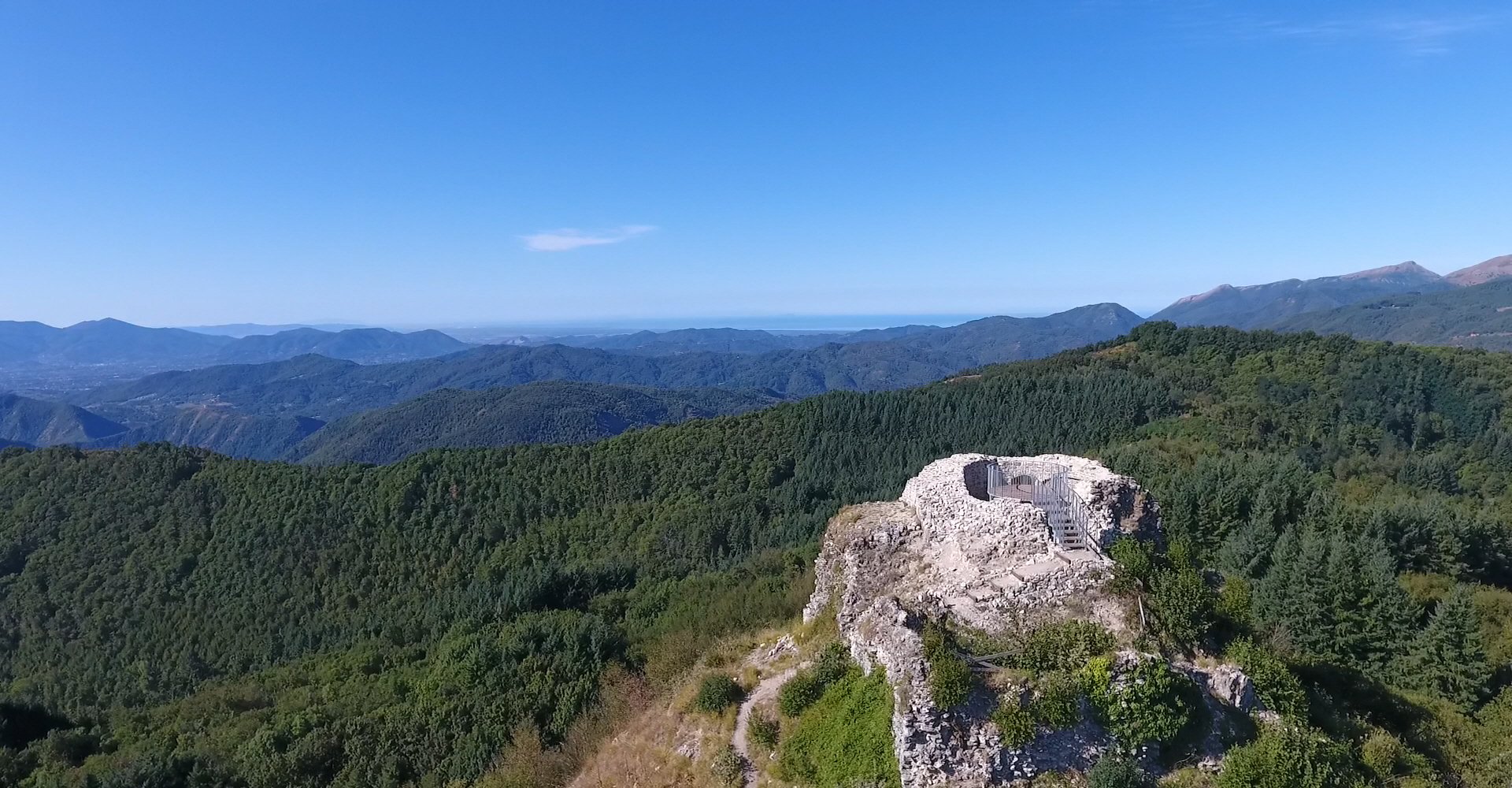
The Bargiglio Tower
A scenic spot that provides breathtaking views of Garfagnana
The Bargiglio Tower is located on the mountain of the same name "il Bargiglio" in the municipality of Borgo a Mozzano, at the gateway to Garfagnana. Once you get to the Tower, the view is truly extraordinary, with a 360-degree panorama with a perfect view: from the peaks of the Apuan Alps to the many castles and fortresses of Garfagnana, such as the Castle of Castiglione and the Fortress of Mont'Alfonso. Also clearly visible is the entire Serchio Valley below: from the walls of Barga and Coreglia Antelminelli to Bagni di Lucca, the spa town and its surroundings, to the many towns in the municipality of Pescaglia. And finally, in the distance to the south, the Plain of Lucca.
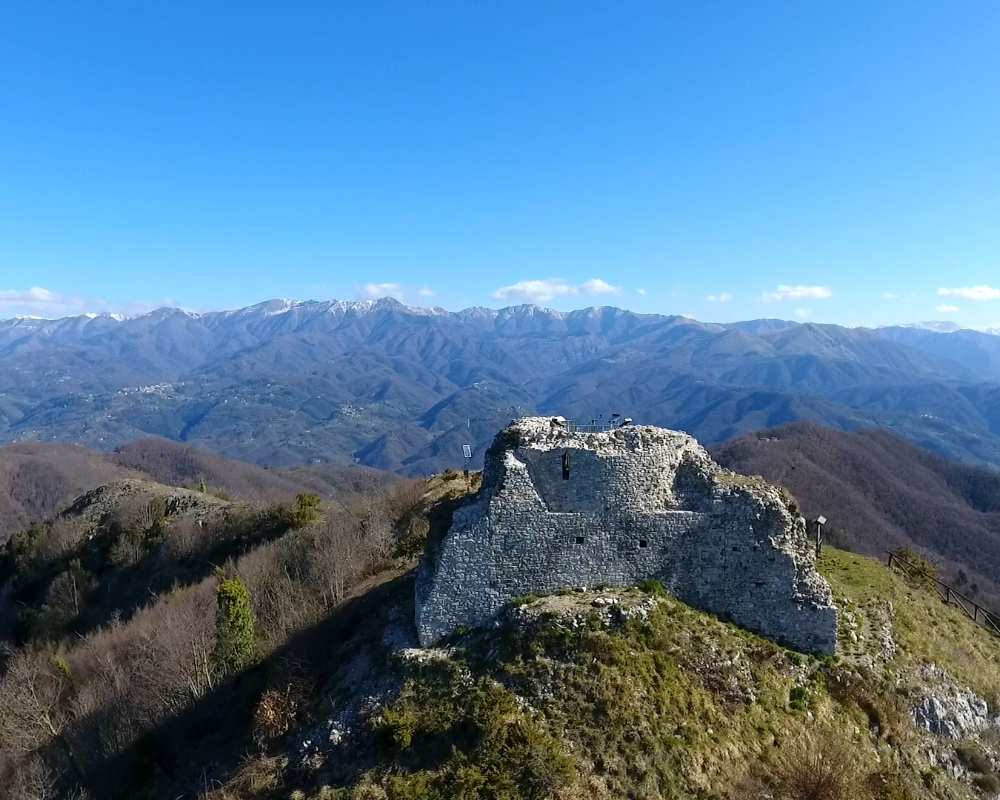
Mount Bargiglio became a place of construction as an observation point in the Middle Ages, from the Matildic period to the arrival of the condottiere Castruccio Castracani. After his death in 1328, the fortunes of the fortification were marked by numerous diatribes that eventually led to its destruction. Subsequently, only the tower was rebuilt, which became the fundamental means of communication with Lucca during the period of the wars between lordships.
The tower, also known as the Eye of Lucca, communicated through light (fire and mirrors), smoke and acoustic (gun or artillery salvoes) signals. The signals departed from, or were received by, the "Palace Tower" located in what is now Piazza Napoleone in Lucca, and then were replicated toward the other towers or fortifications visible from the Bargiglio thus alerting the militia. Until the Second Garfagnana War ended in 1618, the smooth operation of the Bargiglio tower was necessary.
After the end of the war, the tower suffered a slow decline. The advent of Napoleon in 1805 rendered it almost unused until it slowly collapsed. Recently it has undergone a major recovery, supported by archaeological and historical research. Today it is a tourist destination and offers, in addition to the exceptional view, an educational trail through the signage and geographical/historical markings affixed to the remains of the tower.
The easiest way to reach the Tower is by car to the Locality of Cune and then on foot with a walk of about 15 minutes. Alternative routes from ancient mule tracks are also possible.
